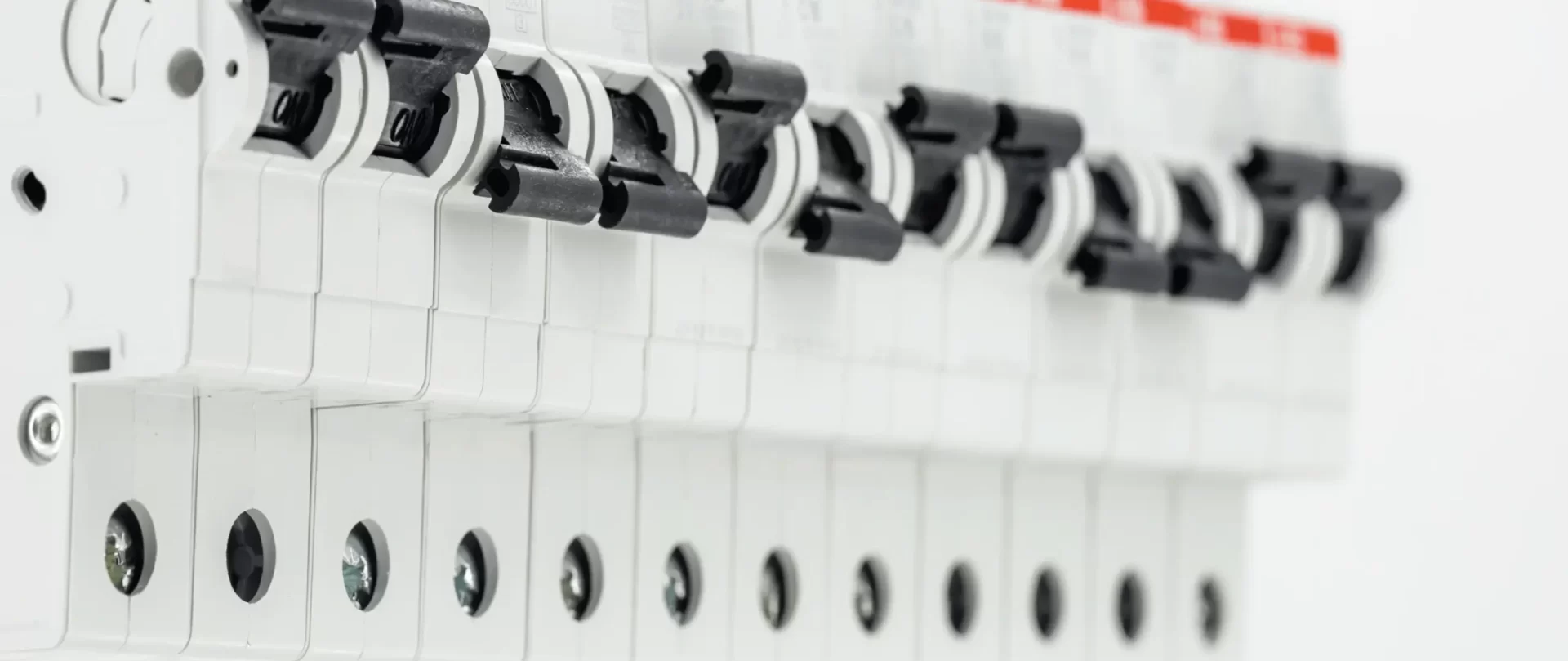Contactors find application in various scenarios where the switching on and off of loads is necessary during normal operations. These applications include medium voltage public lighting and industrial motors.

The combination of a medium-voltage contactor and a fuse controller, such as the F-C controller, is capable of controlling motors up to 12 kV. These medium-voltage controllers can also serve as feeders for other load types, particularly transformers. In cases involving transformers, contactors are often modified to incorporate mechanical holding features, ensuring that the contactor does not open automatically in the event of a system voltage collapse.
Mechanically held contactors, which are similar in construction to electromagnetically held contactors, utilize mechanical latching to maintain the contactor in a closed position, in contrast to continuously energized main coils. This feature is crucial for loads that require automatic re-energization when the system voltage is restored, such as lighting transformers.
The control circuit for mechanically held contactors must provide reliable power for tripping, typically using a DC (battery) power supply. Momentary contact buttons are used for closing circuits, ensuring that the primary coil is energized only during the closing phase. A similar approach is applied to trip (latch release) circuits. For automatic tripping of protective relays, normally open contacts are connected in the tripping (latch release) circuit, and normally closed contacts from the protective relay are connected in the closing circuit.
It’s essential that the external control circuit doesn’t include holding contacts in the closed circFusesuit to prevent unwanted closures. Mechanical holding contactors operate similarly to electromagnetic holding contactors but include a mechanical latch, which keeps the contactor closed even if the trip latch is operated when the main coil circuit remains continuously energized.

Regarding time intervals between fault breaking and subsequent re-energization, it’s commonly recommended that a minimum of six cycles elapse between arc break (when open) and contact closure in subsequent closing operations.
For transformer feeders, contactors should be used in conjunction with current-limiting fuses. These fuses provide protection characteristics tailored to the needs of the motor application. Overcurrent relays are employed to protect against moderate overload currents and should be coordinated with the continuous current-carrying capacity of the fuse contactor.
Modern motor overload protection devices often include single-phase protection to disconnect the motor in the event of a single-phase input supply loss. However, this protection may not be necessary or desirable for non-motor feeders, such as capacitors or lighting loads, which are usually not damaged by single-phase conditions.

Contactors are designed for frequent operation, with around 200,000 electrical operations. Their control power requirements are relatively low, allowing for slower opening and closing speeds compared to circuit breakers. Experience has shown that serious faults leading to fuse actuation are relatively rare, minimizing downtime.
In summary, contactors have been widely used for powering transformers and other non-motor loads, and their application has increased in recent years. Mechanically held contactors are particularly suitable for transformer-fed applications, where they offer advantages in terms of design and operation.


